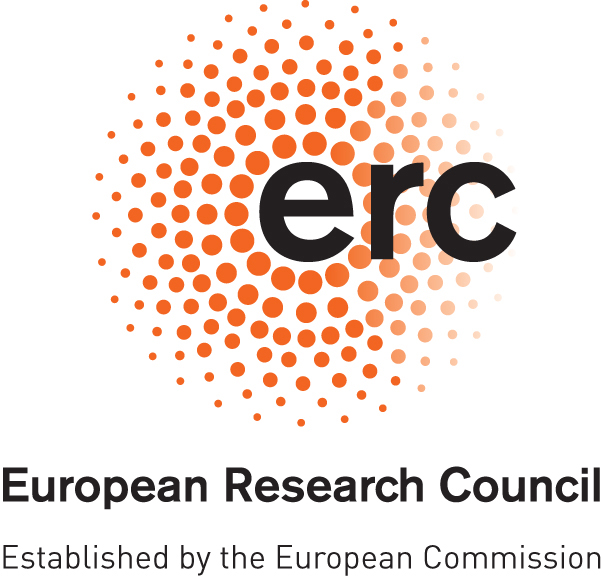Épigénomique développementale
Presentation
Enhancer promoter interactions
In eukaryotes, the complex regulation of temporal- and tissue-specific gene expression is controlled by the binding of transcription factors to enhancers, which in turn interact with the promoter of their target gene(s) via the formation of a chromatin loop. Despite their importance, the properties governing enhancer function and enhancer-promoter loops in the context of the three-dimensional organization of the genome are still poorly understood.
In this context, my group will apply an interdisciplinary approach, combining state-of-the-art methods in genetics, genomics, and computational biology, including novel single-cell techniques, using Drosophila embryogenesis as a model system. Our results will provide a unique view of the functionality of enhancer-promoter interactions in a developing embryo, a significant step towards understanding the link between chromatin organization and transcription regulation.
3D regulatory genomics during Drosophila embryogenesis
Building upon these results, we propose to advance to the next level in the dissection of enhancer-promoter interaction functionality in the context of Drosophila embryogenesis. Specifically, we will address three important questions:
1) What determines the specificity of promoter-enhancer interactions in a complex genome?
2) Are enhancer-promoter interactions tissue-specific, and what are the drivers of this specificity?
3) Are all enhancer-promoter interactions functional, and how does the activity of an enhancer relate to the expression of the gene it interacts with?
Experimental techniques
The main tools used in the lab are:
4C/Hi-C/Capture-C, RNA-seq, ChIP-seq, ATAC-seq, CRISPR-Cas9 genome editing, FACS sorting, Drosophila genetics and transgenesis, bioinformatics.
Our favorite model organism is the fruit fly Drosophila melanogaster.
More info here: https://www.ghavihelmlab.com/
We are supported by:





